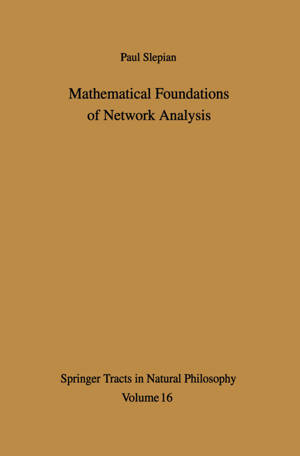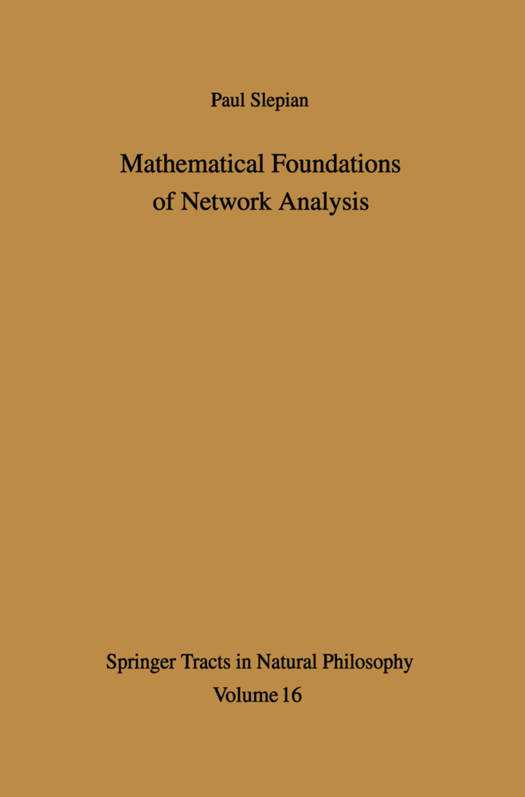
- Afhalen na 1 uur in een winkel met voorraad
- Gratis thuislevering in België vanaf € 30
- Ruim aanbod met 7 miljoen producten
- Afhalen na 1 uur in een winkel met voorraad
- Gratis thuislevering in België vanaf € 30
- Ruim aanbod met 7 miljoen producten
Zoeken
Omschrijving
In this book we attempt to develop the fundamental results of resistive network analysis, based upon a sound mathematical structure. The axioms upon which our development is based are Ohm's Law, Kirchhoff's Voltage Law, and Kirchhoff's Current Law. In order to state these axioms precisely, and use them in the development of our network analysis, an elaborate mathematical structure is introduced, involving concepts of graph theory, linear algebra, and one dimensional algebraic topology. The graph theory and one dimensional algebraic topology used are developed from first principles; the reader needs no background in these subjects. However, we do assume that the reader has some familiarity with elementary linear algebra. It is now stylish to teach elementary linear algebra at the sophomore college level, and we feel that the require- ment that the reader should be familiar with elementary linear algebra is no more demanding than the usual requirement in most electrical engineering texts that the reader should be familiar with calculus. In this book, however, no calculus is needed. Although no formal training in circuit theory is needed for an understanding of the book, such experience would certainly help the reader by presenting him with familiar examples relevant to the mathematical abstractions introduced. It is our intention in this book to exhibit the effect of the topological properties of the network upon the branch voltages and branch currents, the objects of interest in network analysis.
Specificaties
Betrokkenen
- Auteur(s):
- Uitgeverij:
Inhoud
- Aantal bladzijden:
- 196
- Taal:
- Engels
- Reeks:
- Reeksnummer:
- nr. 16
Eigenschappen
- Productcode (EAN):
- 9783642874260
- Verschijningsdatum:
- 14/04/2012
- Uitvoering:
- Paperback
- Formaat:
- Trade paperback (VS)
- Afmetingen:
- 156 mm x 234 mm
- Gewicht:
- 303 g

Alleen bij Standaard Boekhandel
+ 171 punten op je klantenkaart van Standaard Boekhandel
Beoordelingen
We publiceren alleen reviews die voldoen aan de voorwaarden voor reviews. Bekijk onze voorwaarden voor reviews.








